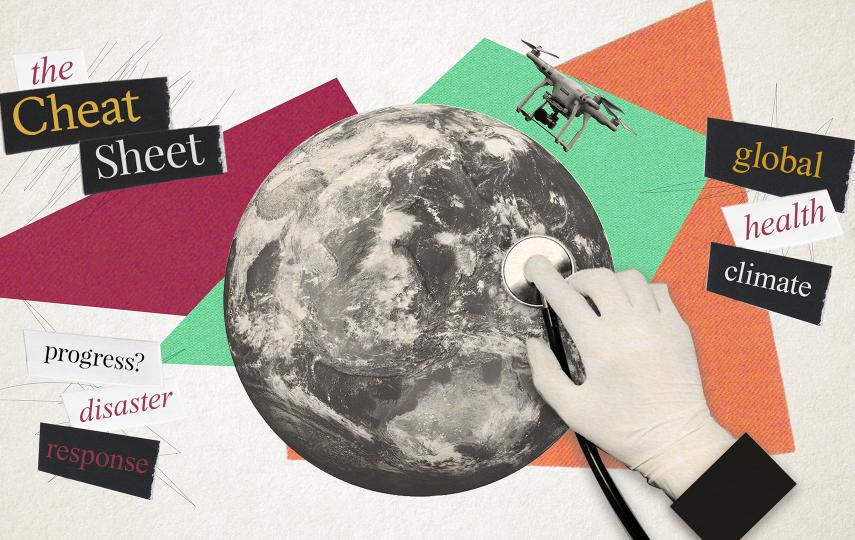• UN Food and Agriculture Organization (FAO) food price index
This monthly price list consults private sector as well as government sources for prices and export orders. It is officially accepted by countries and used by governments, policy-makers, humanitarian agencies and financial institutions.
In its April edition the index showed that food prices had declined but this was a temporary dip reflecting the crises in North Africa and Japan in March, which delayed cereal purchases.
The FAO food price index includes an average of the trading prices of five essential commodities - cereals, cooking oil, dairy products, meat and sugar. The average value of the export share of each of these commodities between 2000 and 2004 forms the base for making comparisons.
The month-to-month changes in the prices of each of these commodities is shown in graphs based on detailed information on the prices of a broad range of commodities, including 11 kinds of oils, various varieties of rice and kinds of meat.
• FAO Global Food Price Monitor
If you need more details on how global cereal prices are affecting individual countries then consult the FAO Global Food Price Monitor.
Information from markets and FAO offices around the world feed into this information service, which has also created a food price tool. With a few clicks you can access the price of a particular food commodity in any country.
• The World Food Programme (WFP) Market Monitor
If you are a policy maker or a humanitarian aid worker and need to find out how food prices are affecting the purchasing power of people in 63 vulnerable countries, then consult this quarterly bulletin.
The April edition, covering the first quarter of 2011, reported that in 44 of the 63 countries monitored, the overall basic food basket had increased more than 10 percent above the 5-year average.
The market monitor uses information collected by WFP field offices and in the April edition it also examined the impact of fuel prices on essential food commodities. It noted that the highest increases in fuel prices occurred in Ethiopia and Haiti, where fuel subsidies have been scaled back, and in Malawi and Uganda.
• World Bank Food Price Watch
The World Bank has begun producing regular food prices bulletins, using its own food price index based on information drawn from its offices across the world, the FAO food price index, and the US Department of Agriculture, which also regularly produces updates on global supplies of food commodities.
The information is detailed and often contains useful analyses not found on other websites. The current update looks at the projected impact of continued food price increases on poverty.
jk/he
This article was produced by IRIN News while it was part of the United Nations Office for the Coordination of Humanitarian Affairs. Please send queries on copyright or liability to the UN. For more information: https://shop.un.org/rights-permissions





